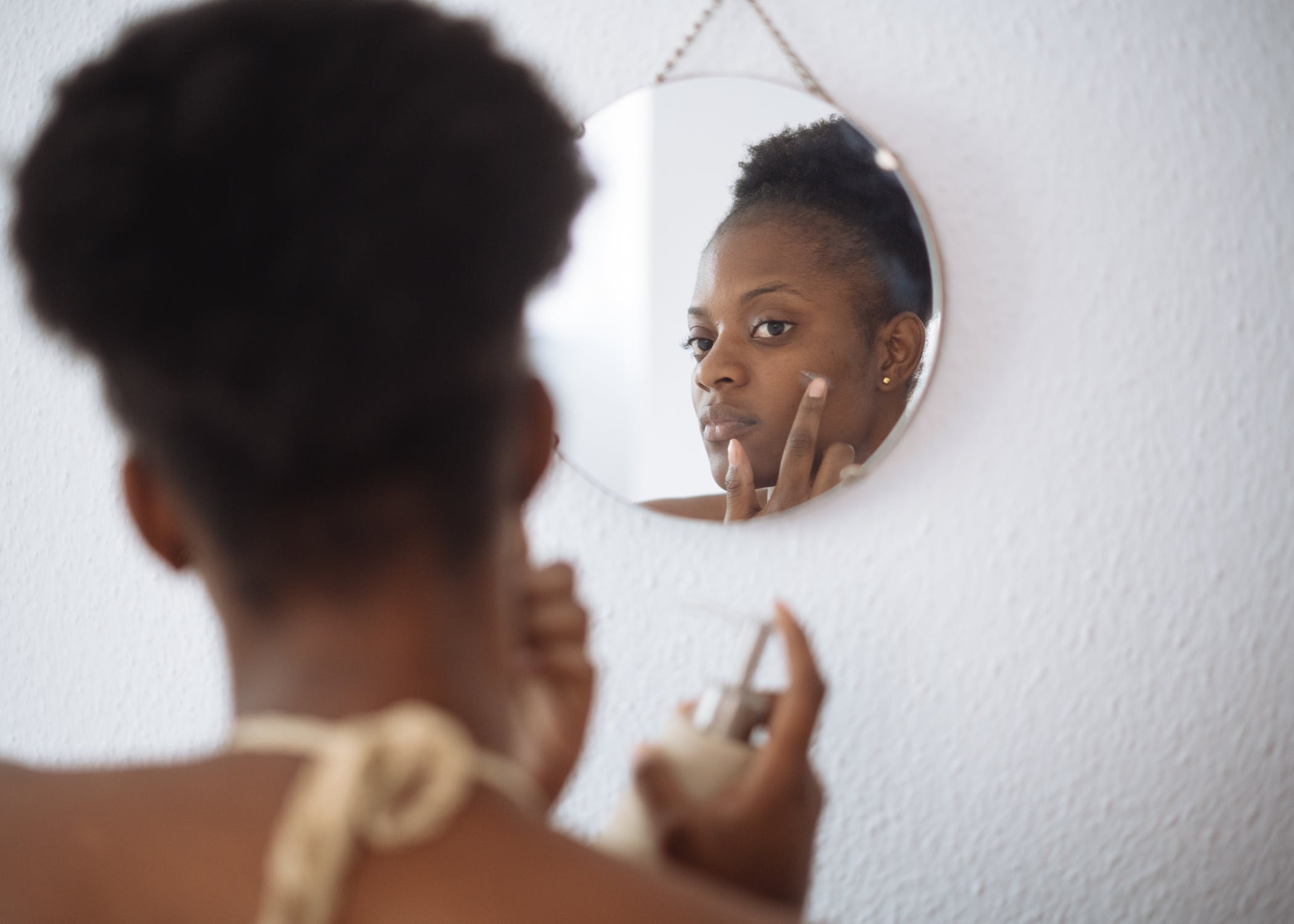
What Causes Acne?
Acne is a very common condition among teenagers and adults. Acne is individualized to each patient and can involve different types of lesions (blackheads, cyst-like, pimples and whiteheads), can affect various body parts (face, neck, chest, shoulders and back) and resolve in different ways (scars, redness and darker skin). Understanding the causes of acne or what triggers the condition is helpful in managing the symptoms and knowing how to properly treat it.
Acne is caused when tiny holes in the skin, known as hair follicles, become blocked. Sebaceous glands are tiny glands found near the surface of your skin. The glands are attached to hair follicles, which are small holes in your skin that an individual hair grows out of. Sebaceous glands lubricate the hair and the skin to stop it drying out. They do this by producing an oily substance called sebum.
In acne, the glands begin to produce too much sebum. The excess sebum mixes with dead skin cells and both substances form a plug in the follicle. If the plugged follicle is close to the surface of the skin, it bulges outwards, creating a whitehead. Alternatively, the plugged follicle can be open to the skin, creating a blackhead. Normally harmless bacteria that live on the skin can then contaminate and infect the plugged follicles, causing papules, pustules, nodules or cysts.
There are triggers that can encourage acne. These include:
Testosterone – Teenage acne is thought to be triggered by increased levels of the hormone testosterone, which occurs during puberty. This hormone plays an important role in stimulating the growth and development of the penis and testicles in boys and maintaining muscle and bone strength in girls.
The sebaceous glands are particularly sensitive to hormones. It’s thought that increased levels of testosterone cause the glands to produce much more sebum than the skin needs.
Acne in Women – More than 80% of cases of adult acne occur in women. It’s thought that many cases of adult acne are caused by the changes in hormone levels that many women have at certain times.
These times include:
- Periods – Some women experience a flare-up of acne just before their menstrual cycle.
- Pregnancy – Many women have symptoms of acne during pregnancy, usually during the first three months of their pregnancy.
- PCOS – Polycystic ovary syndrome is a common condition that can cause acne, weight gain and the formation of small cysts inside the ovary.
Understanding what causes acne or what is triggering the condition is the first step to managing and treating it. Each acne patient in Phoenix is unique and Dr. Holy can offer you a customized treatment plan to control your acne. Contact THE CENTER for Advanced Dermatology today at 602-867-7546 or website to schedule an appointment.











